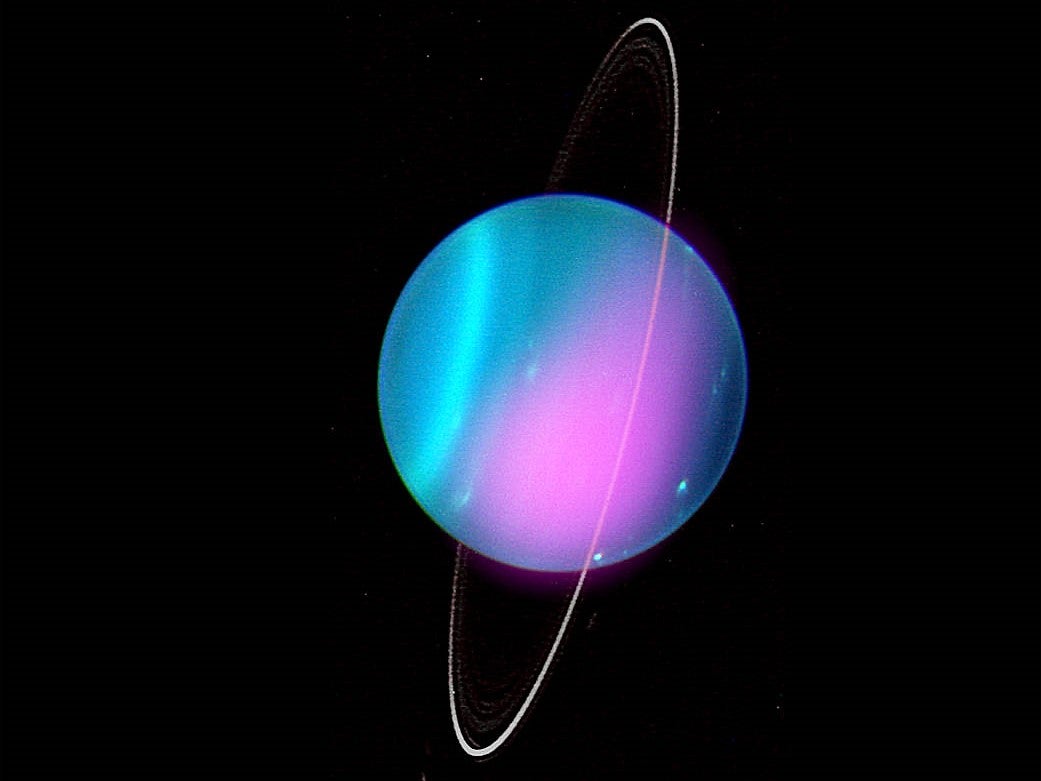Uranus at opposition tonight will see ‘strange’ planet shine at its brightest
Seventh planet from the Sun will be visible to the naked eye for the first time in a year

Your support helps us to tell the story
From reproductive rights to climate change to Big Tech, The Independent is on the ground when the story is developing. Whether it's investigating the financials of Elon Musk's pro-Trump PAC or producing our latest documentary, 'The A Word', which shines a light on the American women fighting for reproductive rights, we know how important it is to parse out the facts from the messaging.
At such a critical moment in US history, we need reporters on the ground. Your donation allows us to keep sending journalists to speak to both sides of the story.
The Independent is trusted by Americans across the entire political spectrum. And unlike many other quality news outlets, we choose not to lock Americans out of our reporting and analysis with paywalls. We believe quality journalism should be available to everyone, paid for by those who can afford it.
Your support makes all the difference.The planet Uranus will reach opposition on Thursday night, making it appear brighter and larger in the night sky as it passes closest to Earth.
The seventh planet from the Sun will remain 2.8 billion kilometres from Earth as it comes to the point of opposition, which is when it lines up with Earth on the same side of the Sun.
It will be visible just above the horizon in the eastern sky for the entire night of 4-5 November, appearing as a faint star to the naked eye.
Completely bathed in the Sun’s light, the planet will reveal its pale blue-green colour – caused by the methane in its atmosphere – when viewed through a telescope or binoculars.
The brightness of Uranus will seem even more profound compared to usual, as its opposition to Earth coincides with a New Moon. This means the brightest object in the night’s sky will be barely visible and its light will not interfere with the viewing of planets or stars.
The best place to see Uranus is in a area with little light pollution and clear skies. Weather in the UK is largely favourable for viewing the celestial event, according to the Met Office, with only parts of northern Scotland shrouded in heavy cloud on Thursday night.
“Although Uranus is not considered a visible planet, at opposition it is bright enough to be visible for someone with excellent eyesight under very dark skies and ideal conditions,” Nasa notes.
The US space agency has previously noted Uranus’ “strange” magnetic field and “unusual” orientations of its spin axis, making it an interesting target for observations.
The annual opposition of Uranus to Earth means it will next be visible on 9 November, 2022. Other planets set to reach opposition before then include Saturn on 14 August, 2022, and Jupiter on 26 September, 2022.

Join our commenting forum
Join thought-provoking conversations, follow other Independent readers and see their replies
Comments